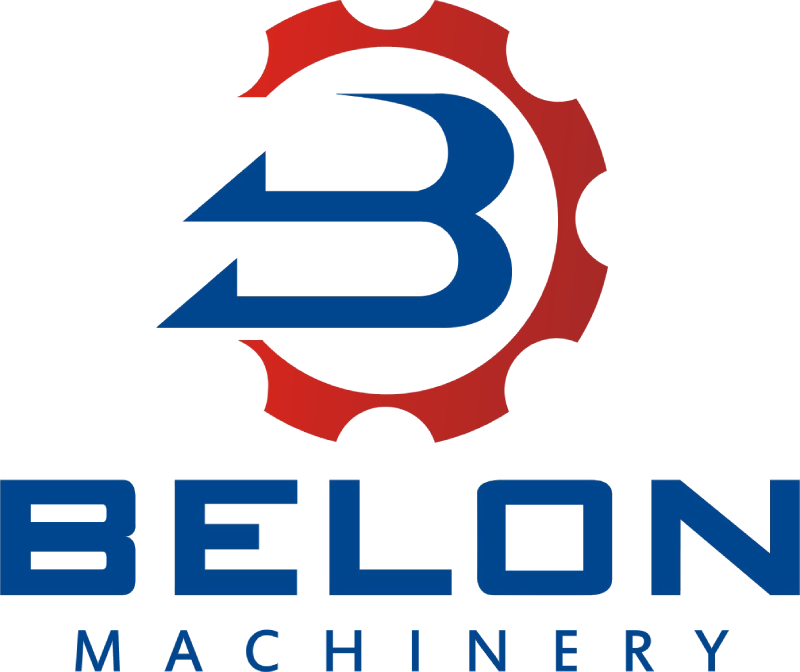Backlash in Bevel gears
Backlash in bevel gears refers to the small amount of play or clearance between the meshing teeth of the gears. This clearance is necessary to ensure smooth operation and to accommodate manufacturing tolerances, thermal expansion, and lubrication. However, excessive backlash can lead to several issues, including noise, vibration, and reduced accuracy in the transmission of motion.
### Causes of Backlash in Bevel Gears:
1. **Manufacturing Tolerances**: Variations in the manufacturing process can lead to slight differences in gear tooth dimensions, resulting in backlash.
2. **Wear and Tear**: Over time, the teeth of bevel gears can wear down, increasing the clearance between them.
3. **Thermal Expansion**: Changes in temperature can cause the gears to expand or contract, affecting the backlash.
4. **Assembly Errors**: Incorrect assembly or misalignment of the gears can introduce additional backlash.
5. **Load Variations**: Changes in the load on the gears can cause slight deformations, affecting the backlash.
### Effects of Backlash:
1. **Noise and Vibration**: Excessive backlash can cause the gears to clatter or vibrate, leading to noise and potential damage.
2. **Reduced Accuracy**: In precision applications, such as in robotics or CNC machines, backlash can lead to inaccuracies in positioning.
3. **Increased Wear**: Excessive backlash can lead to uneven load distribution on the gear teeth, accelerating wear and reducing the lifespan of the gears.
4. **Impact Loads**: In applications with frequent changes in direction, backlash can cause impact loads, which can damage the gear teeth.
### Measuring and Controlling Backlash:
1. **Dial Indicator**: A dial indicator can be used to measure the amount of backlash by rotating one gear and measuring the movement of the other gear.
2. **Feeler Gauges**: Feeler gauges can be used to measure the clearance between the gear teeth.
3. **Adjustable Mounts**: Some gear systems have adjustable mounts that allow for fine-tuning of the gear positions to minimize backlash.
4. **Preloading**: In some applications, gears are preloaded to eliminate backlash. This involves applying a constant force to keep the gears in contact, reducing the clearance.
5. **Precision Manufacturing**: Using high-precision manufacturing techniques can reduce the initial amount of backlash.
